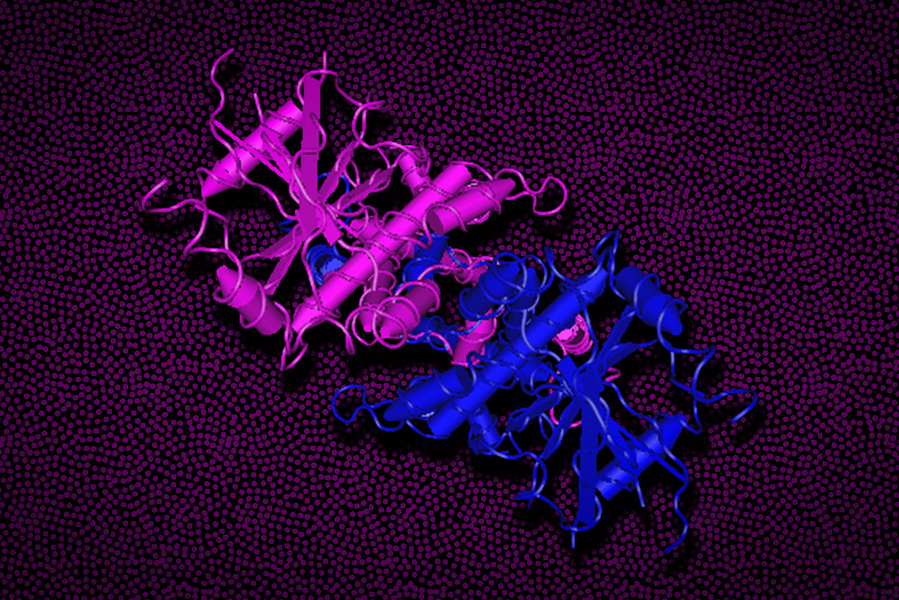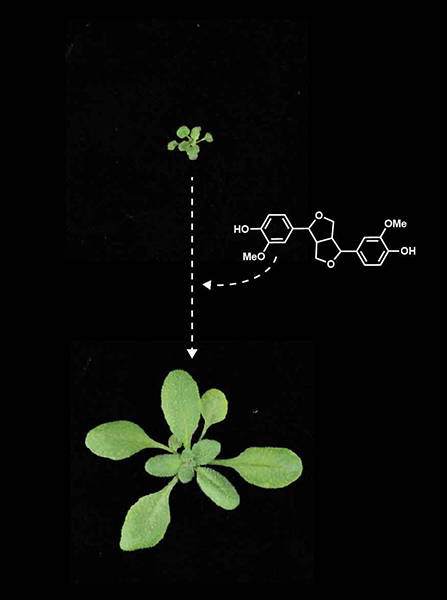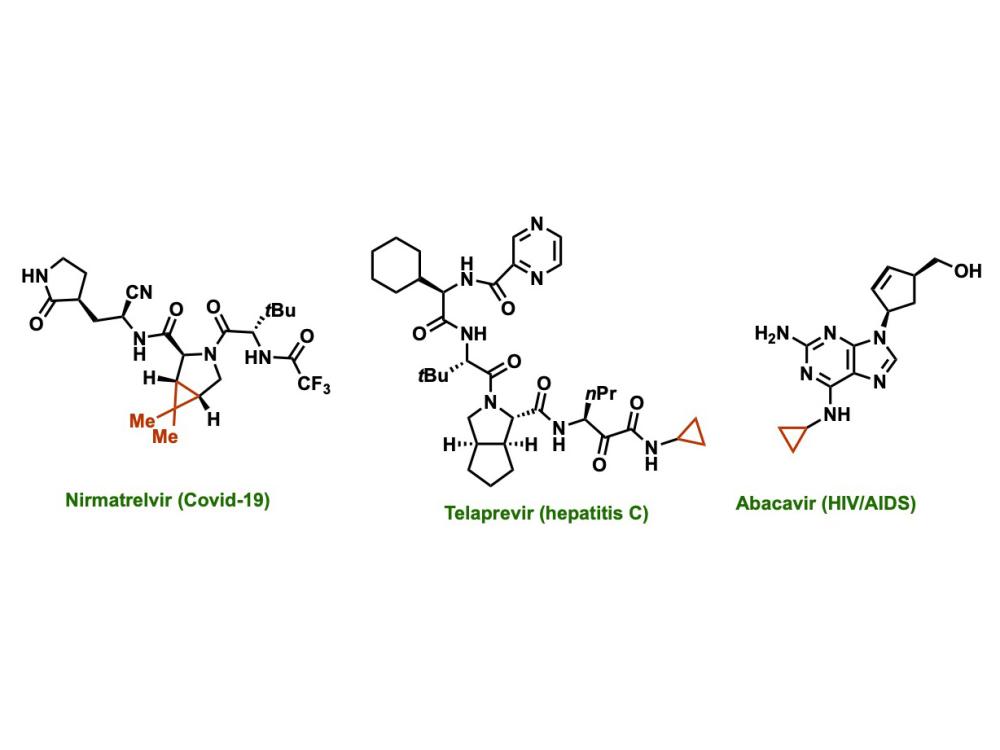STINGタンパク質は、細胞防御に関わる遺伝子のスイッチを入れるだけでなく、イオンチャネルとしても働き、さまざまな免疫反応を制御することができる。 In addition to turning on genes involved in cell defense, the STING protein also acts as an ion channel, allowing it to control a wide variety of immune responses.
2023-08-03 マサチューセッツ工科大学(MIT)
 Researchers at MIT and Harvard Medical School have discovered that the STING protein has a previously unknown role as an ion channel, which helps cells respond to danger signals such as viral infection.
Researchers at MIT and Harvard Medical School have discovered that the STING protein has a previously unknown role as an ion channel, which helps cells respond to danger signals such as viral infection.
Image: National Center for Biotechnology Information
◆最近の研究で、STINGはゴルジ体からプロトンを漏らすイオンチャネルとしての機能も果たすことが判明した。これにより、STINGは危険信号をイオンフローに変換する初めての人間の免疫センサーとなる。これは新たな治療法の展望を提供し、免疫系の活性化や疾患治療に革新をもたらす可能性がある。
<関連情報>
- https://news.mit.edu/2023/study-finds-surprising-role-major-immune-regulator-0803
- https://www.science.org/doi/10.1126/science.adf8974
ヒトSTINGはプロトンチャンネルである Human STING is a proton channel
Bingxu Liu,Rebecca J. Carlson,Ivan S. Pires,Matteo Gentili,Ellie Feng,Quentin Hellier,Marc A. Schwartz,Paul C. Blainey ,Darrell J. Irvine, and Nir Hacohen
Science Published:3 Aug 2023
DOI:https://doi.org/10.1126/science.adf8974
Editor’s summary
Stimulator of Interferon Genes (STING) is an innate immune sensor that activates noncanonical autophagy and the inflammasome. The exact mechanisms involved in this process are unclear, but proton leakage from organelles appears to be a common feature. Liu et al. analyzed STING’s structure, hypothesizing that its transmembrane domain forms a pore capable of proton transport. The authors used intracellular pH measurements and cell-free proteoliposome assays to show that STING can transport protons across membranes. Furthermore, this activity and STING’s proton leakage–dependent downstream functions were inhibited by a small molecule that binds at the pore. —Stella M. Hurtley
Abstract
Proton leakage from organelles is a common signal for noncanonical light chain 3B (LC3B) lipidation and inflammasome activation, processes induced upon stimulator of interferon genes (STING) activation. On the basis of structural analysis, we hypothesized that human STING is a proton channel. Indeed, we found that STING activation induced a pH increase in the Golgi and that STING reconstituted in liposomes enabled transmembrane proton transport. Compound 53 (C53), a STING agonist that binds the putative channel interface, blocked STING-induced proton flux in the Golgi and in liposomes. STING-induced LC3B lipidation and inflammasome activation were also inhibited by C53, suggesting that STING’s channel activity is critical for these two processes. Thus, STING’s interferon-induction function can be decoupled from its roles in LC3B lipidation and inflammasome activation.


